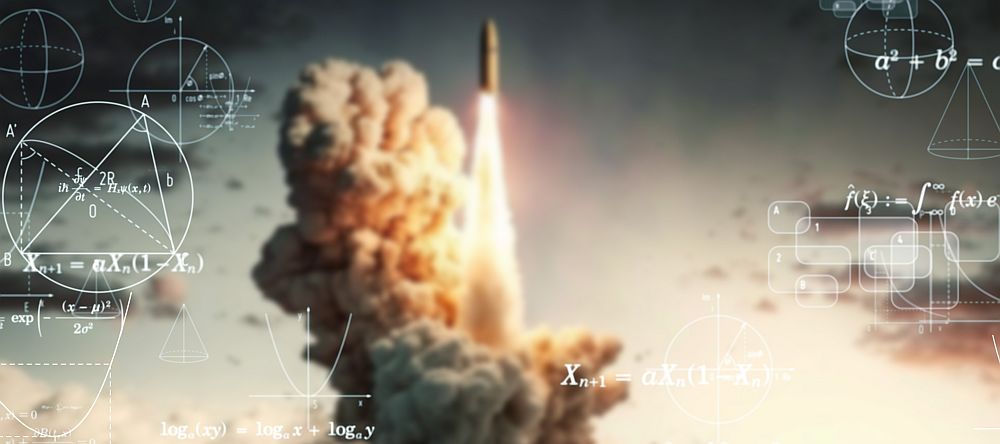
[Image above] Credit: ViscoTec; YouTube
Innovations in 3-D printing continue to evolve, with companies like auto manufacturer Local Motors planning to drive mass production of 3-D printed cars through this year.
The evolution doesn’t stop there—it seems like there’s nowhere additive manufacturing won’t go. From 3-D printed concrete to electronics to glass, this technology is changing how we manufacture materials.
And ceramics are a big part of the evolving additive manufacturing story, too.
Earlier this year, we reported research from HRL Laboratories in Malibu, Calif., where scientists developed a new 3-D printing process that creates harder, stronger ceramics that can really stand the heat.
In more recent 3-D printed ceramic news, Unfold, a design studio based in Antwerp, Belgium, is using fluid dosing and deposition (FDD) 3-D printing technology to print artwork in abrasive materials such as ceramics, according to a 3ders.org article.
The technology, developed by ViscoTec, a German high-viscosity fluids specialist, has previously been marketed to both consumer and industrial users of 3-D printing technology. But Unfold is using the FDD system for more artistic endeavors, like printing ceramic sculptures.
Last summer, ViscoTec released its FDD Starter Kit, “a 3-D printer add-on that enables users to incorporate ViscoTec’s fluid dosing and deposition technology into an existing desktop 3-D printer, bypassing the standard hotend of the 3-D printer and instead depositing silicones, adhesives, or other viscous materials, one drop at a time at room temperature,” the article explains.
Using ViscoTec’s method massively improved Unfold’s ceramic 3-D printing process, according to the article, “eliminating defects in 3-D printed parts and stabilizing the entire procedure.”
In addition to stabilization, the technology allows Unfold to precisely define the dosed volume per revolution, and the material flow is entirely controlled by 3-D printer software rather than material properties—advantages that translate to significant cost savings when it comes to readjustment, the article explains.
“With the volumetric system from ViscoTec, we don’t need to recalibrate all 3-D printing parameters when we change the material,” Dries Verbruggen, a graduate of the Design Academy Eindhoven in the Netherlands, who’s using the method to create unusual 3-D printed ceramic sculptures, explains in the article.
But a particularly important feature of ViscoTec’s FDD technology is its ability to dose highly filled, abrasive media with precision and reduced wear.
Using this technology, Unfold can process ceramics with a solids content of 80%, grain sizes up to 63 µm, and a viscosity of about 250,000 mPas through a 3-D printer—specs that yield highly detailed, evenly printed ceramic objects.
Watch this video from ViscoTec to see the FDD technology in action.
https://www.youtube.com/watch?v=HWy4LH-sXR0
Credit: ViscoTec; YouTube
Author
Stephanie Liverani
CTT Categories
- Manufacturing
- Material Innovations


